Home>Gardening & Outdoor>Outdoor Structures>How To Rodent-Proof A Shed
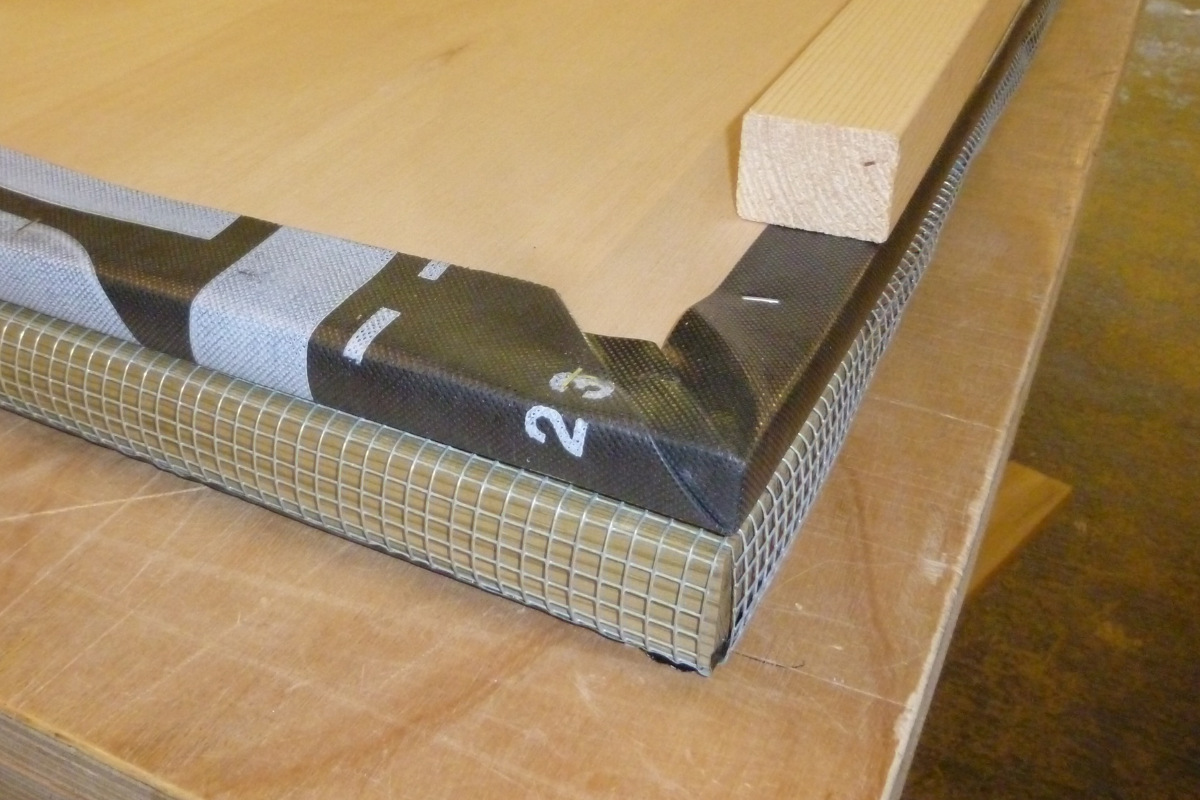

Outdoor Structures
How To Rodent-Proof A Shed
Published: January 20, 2024
Learn how to effectively rodent-proof your outdoor structures with our comprehensive guide. Keep your shed and other outdoor spaces free from pesky rodents.
(Many of the links in this article redirect to a specific reviewed product. Your purchase of these products through affiliate links helps to generate commission for Storables.com, at no extra cost. Learn more)
Introduction
Rodents can be a persistent nuisance, especially when they decide to take up residence in your shed. Not only can they cause damage to the structure and its contents, but they also pose health risks and can create an unsightly mess. Fortunately, there are effective measures you can take to rodent-proof your shed and keep these unwanted guests at bay.
In this comprehensive guide, we will explore the various steps and strategies to safeguard your shed against rodents. From assessing the shed for vulnerabilities to implementing rodent-proof materials and maintaining a clean environment, we will cover everything you need to know to protect your outdoor structure. By following these tips, you can ensure that your shed remains a secure and rodent-free space for years to come. Let's dive in and discover how to rodent-proof a shed effectively.
Key Takeaways:
- Keep rodents out by sealing entry points with steel wool, wire mesh, and caulk. Regularly inspect and maintain the shed to prevent rodent access and infestations.
- Create an inhospitable environment for rodents by removing attractants, using rodent-proof materials, and maintaining a clean shed. Implement proactive measures to safeguard against infestations.
Read more: How To Keep Rodents Out Of My Tool Shed
Assessing the Shed
Before implementing any rodent-proofing measures, it’s essential to thoroughly assess the shed to identify potential entry points and vulnerabilities. Start by conducting a detailed inspection of the exterior and interior of the structure. Look for gaps, cracks, or holes that could serve as access points for rodents. Common entry points include gaps around doors, windows, vents, and utility penetrations.
Additionally, pay close attention to the foundation and the area where the walls meet the ground. Rodents are adept at squeezing through small openings, so even the tiniest gaps should not be overlooked. Inspect the interior for signs of existing rodent activity, such as droppings, gnaw marks, or nesting materials. Identifying these indicators will help you understand the extent of the rodent infestation and tailor your rodent-proofing efforts accordingly.
Furthermore, consider the surrounding environment. Overhanging branches, dense vegetation, or clutter near the shed can provide rodents with cover and easy access. Trim back foliage and remove any debris that could create hiding spots for rodents. By clearing the area around the shed, you can minimize the likelihood of rodent infestations.
By conducting a comprehensive assessment, you can pinpoint the areas that require attention and develop a targeted rodent-proofing plan. This proactive approach will lay the groundwork for effective rodent prevention and ensure that your shed is well-protected against unwelcome intruders.
Sealing Entry Points
Once you have identified the potential entry points, it’s time to take action to seal them off and prevent rodents from gaining access to your shed. Start by addressing any visible gaps or openings in the shed’s exterior. Use a combination of steel wool, wire mesh, and caulk to seal off these entry points. Rodents are adept at gnawing through various materials, so using a combination of these deterrents can effectively block their entry.
Focus on sealing gaps around doors, windows, and vents using weather-stripping and durable sealants. Pay particular attention to areas where utility lines enter the shed, as these are common entry points for rodents. Ensure that all openings are tightly sealed to prevent rodents from squeezing through.
In addition to sealing exterior entry points, it’s crucial to inspect the interior of the shed for potential access areas. Check for gaps around pipes, electrical wiring, and other penetrations. Use steel wool or wire mesh to block these openings, and seal them with caulk or foam insulation to create a barrier that rodents cannot breach.
Consider installing rodent-proof vent covers to prevent rodents from entering through vents while still allowing for proper airflow. These covers are designed to withstand rodent gnawing and provide an effective barrier against intrusions. By securing all potential entry points, you can significantly reduce the likelihood of rodents finding their way into your shed.
Regularly inspect the shed for new gaps or signs of wear and tear, and promptly address any issues to maintain a secure barrier against rodents. By diligently sealing entry points, you can fortify your shed and create a formidable defense against unwanted rodent visitors.
Removing Attractants
Aside from sealing entry points, it’s essential to eliminate any attractants that may entice rodents to take up residence in your shed. Rodents are drawn to food, water, and shelter, so taking measures to remove these attractants will help deter them from infesting the space.
Start by decluttering the interior of the shed. Remove any unnecessary items, especially those that rodents could use for nesting materials. Store items in sealed containers to prevent rodents from using them for shelter or nesting, and elevate stored items off the ground to reduce potential hiding spots.
Dispose of any accumulated debris, such as cardboard boxes, old furniture, or piles of wood, as these can provide rodents with nesting sites and harbor pests that attract them. Keeping the shed tidy and free of clutter will make it less appealing to rodents seeking shelter.
Inspect the shed for food sources that may attract rodents. Ensure that all pet food, birdseed, and other animal feed is stored in airtight containers that rodents cannot access. Clean up any spilled food or crumbs, and avoid leaving food or food waste in the shed. By removing these food sources, you can minimize the incentive for rodents to inhabit the space.
Address any water sources in and around the shed. Fix any leaks or standing water issues to eliminate potential drinking sources for rodents. Consider installing gutter guards and ensuring proper drainage to prevent water from accumulating near the shed, as damp environments can attract rodents seeking moisture.
By removing potential attractants, you can create an environment that is less appealing to rodents and reduce the likelihood of infestations. This proactive approach, combined with effective rodent-proofing measures, will help safeguard your shed against unwanted rodent activity.
Seal all gaps and cracks with steel wool and caulk to prevent rodents from entering the shed. Keep the area around the shed clear of debris and trim back any overgrown vegetation to eliminate hiding spots for rodents.
Using Rodent-Proof Materials
Utilizing rodent-proof materials in the construction and maintenance of your shed can significantly enhance its resistance to rodent intrusions. When building or renovating the shed, opt for materials that are inherently resistant to rodent damage. For example, consider using concrete, metal, or pressure-treated wood for the shed’s foundation, walls, and flooring. These materials are less susceptible to gnawing and can deter rodents from attempting to breach the structure.
When selecting building materials, prioritize those with smooth surfaces and minimal gaps or seams, as these features make it more challenging for rodents to gain entry. Avoid using materials like plastic or thin plywood, which rodents can easily chew through. By choosing robust and rodent-resistant materials, you can fortify the shed against potential intrusions.
For existing sheds, consider reinforcing vulnerable areas with rodent-proof materials. Install metal kick plates or guards along the bottom of doors and around the shed’s perimeter to prevent rodents from gnawing and burrowing through. Additionally, consider adding metal flashing or mesh barriers to areas prone to rodent activity, such as the base of walls and around utility penetrations.
When storing items inside the shed, opt for rodent-resistant storage solutions. Use durable plastic bins with secure lids to store belongings, as these containers are less susceptible to rodent tampering compared to cardboard boxes or bags. Elevate stored items off the ground using shelving or pallets to create a barrier that deters rodents from accessing and nesting within stored items.
Consider incorporating rodent-resistant landscaping around the shed. Use gravel or stone mulch instead of organic mulch, as organic mulch can provide cover for rodents and attract insects that serve as a food source. By selecting landscaping materials that discourage rodent activity, you can create a less hospitable environment around the shed.
By integrating rodent-proof materials into the shed’s construction and storage practices, you can bolster its defenses against rodent infestations. These proactive measures will help minimize the risk of structural damage and maintain a secure environment within the shed.
Read more: How To Get Rid Of Rodents In Your Attic
Maintaining a Clean Environment
Maintaining a clean and well-organized environment in and around your shed is pivotal in deterring rodent infestations. Regular cleaning and upkeep not only make the shed less appealing to rodents but also contribute to early detection of potential issues.
Establish a routine for cleaning the shed, including sweeping the floors, wiping down surfaces, and removing any debris or spills. By keeping the interior clean and free of food remnants, you can minimize the attractiveness of the space to rodents seeking sustenance.
Implement proper waste management practices. Dispose of garbage and debris promptly, and ensure that trash bins are tightly sealed to prevent rodents from accessing waste. Regularly inspect the area around the shed for accumulated debris, and promptly remove any potential rodent hiding spots, such as piles of leaves, brush, or unused materials.
Regularly inspect the shed for signs of wear and tear, such as damaged screens, holes, or deteriorating materials. Address any maintenance issues promptly to prevent rodents from exploiting these vulnerabilities. By promptly repairing any damage, you can uphold the structural integrity of the shed and reduce the likelihood of rodent intrusions.
Implement pest control measures to further safeguard the shed against rodents. Consider using ultrasonic repellents, strategically placed traps, or natural deterrents such as peppermint oil or predator urine around the perimeter of the shed. These measures can serve as additional barriers against rodent activity and help maintain a rodent-free environment.
Regularly inspect the shed’s exterior for potential entry points and vulnerabilities. Check for gaps, cracks, or damage to the structure, and promptly address any issues to maintain a secure perimeter. By conducting routine inspections, you can stay ahead of potential rodent entry and fortify the shed against infestations.
By maintaining a clean and well-maintained environment, you can create an inhospitable space for rodents and reduce the likelihood of infestations. These proactive measures, combined with effective rodent-proofing strategies, will help preserve the integrity and security of your shed.
Conclusion
Protecting your shed from rodent infestations requires a multifaceted approach that encompasses thorough assessment, proactive measures, and ongoing maintenance. By diligently implementing the strategies outlined in this guide, you can create a robust defense against rodents and maintain a secure environment within your outdoor structure.
Assessing the shed for vulnerabilities and potential entry points is the first step in developing a targeted rodent-proofing plan. By identifying areas of concern, you can tailor your efforts to fortify the shed against potential intrusions.
Sealing entry points using a combination of durable materials and sealants is crucial in creating a formidable barrier against rodents. By addressing gaps, cracks, and openings, you can significantly reduce the likelihood of rodents gaining access to the shed.
Removing attractants and maintaining a clean environment within and around the shed is essential in minimizing the appeal of the space to rodents. By eliminating food sources, decluttering the interior, and addressing potential water sources, you can create an inhospitable environment for rodents.
Utilizing rodent-proof materials in the construction and maintenance of the shed enhances its resilience against rodent activity. By incorporating robust building materials, storage solutions, and landscaping practices, you can bolster the shed’s defenses and reduce the risk of infestations.
Maintaining a clean and well-organized environment within the shed, coupled with routine inspections and proactive pest control measures, is pivotal in upholding its security. By staying vigilant and promptly addressing maintenance issues, you can sustain a rodent-free environment and mitigate the risk of infestations.
In conclusion, by following the comprehensive strategies outlined in this guide, you can effectively rodent-proof your shed and safeguard it against unwanted intrusions. By combining proactive measures, effective rodent-proofing techniques, and ongoing maintenance, you can ensure that your shed remains a secure and pest-free space for years to come.
Frequently Asked Questions about How To Rodent-Proof A Shed
Was this page helpful?
At Storables.com, we guarantee accurate and reliable information. Our content, validated by Expert Board Contributors, is crafted following stringent Editorial Policies. We're committed to providing you with well-researched, expert-backed insights for all your informational needs.
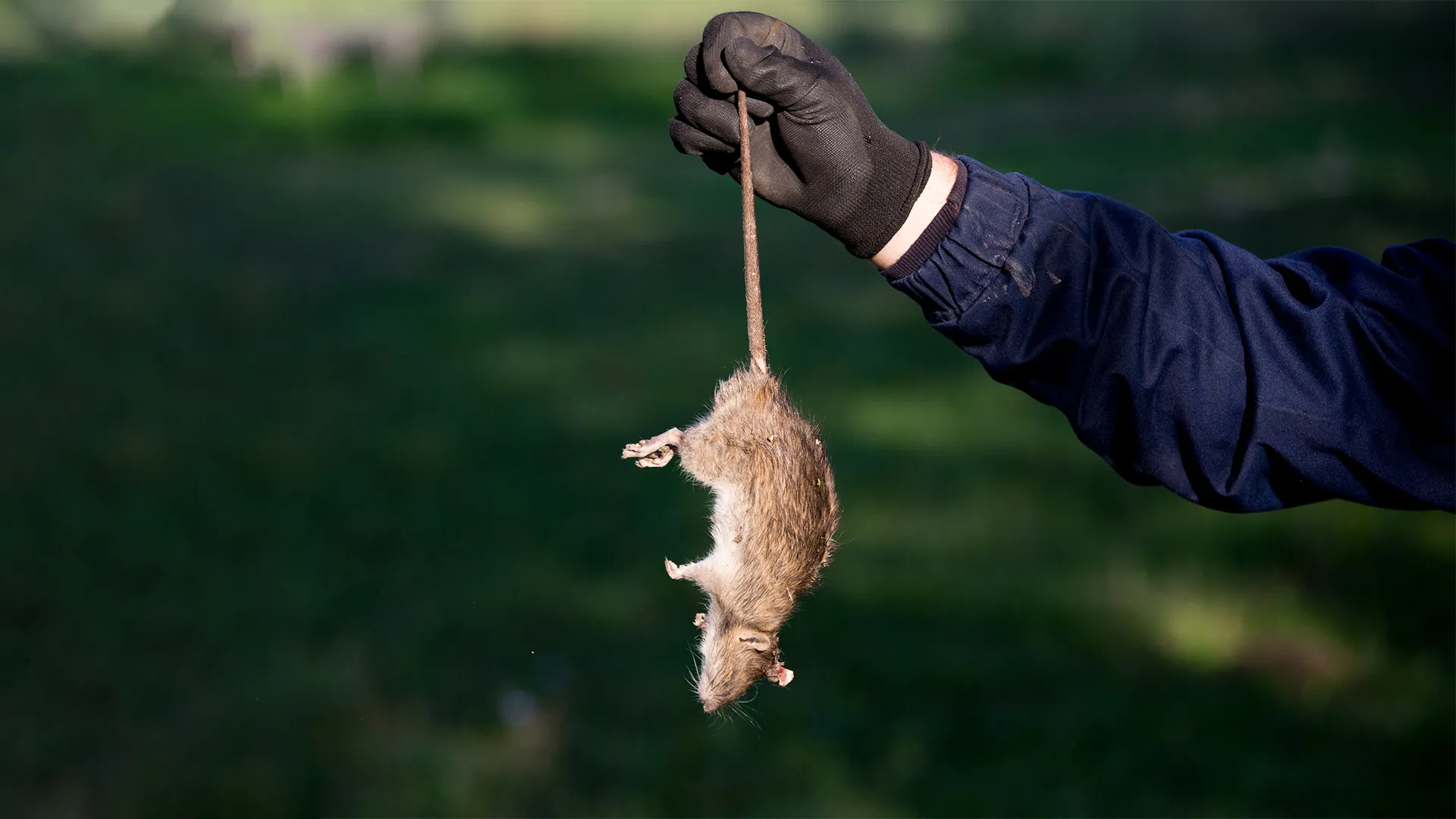



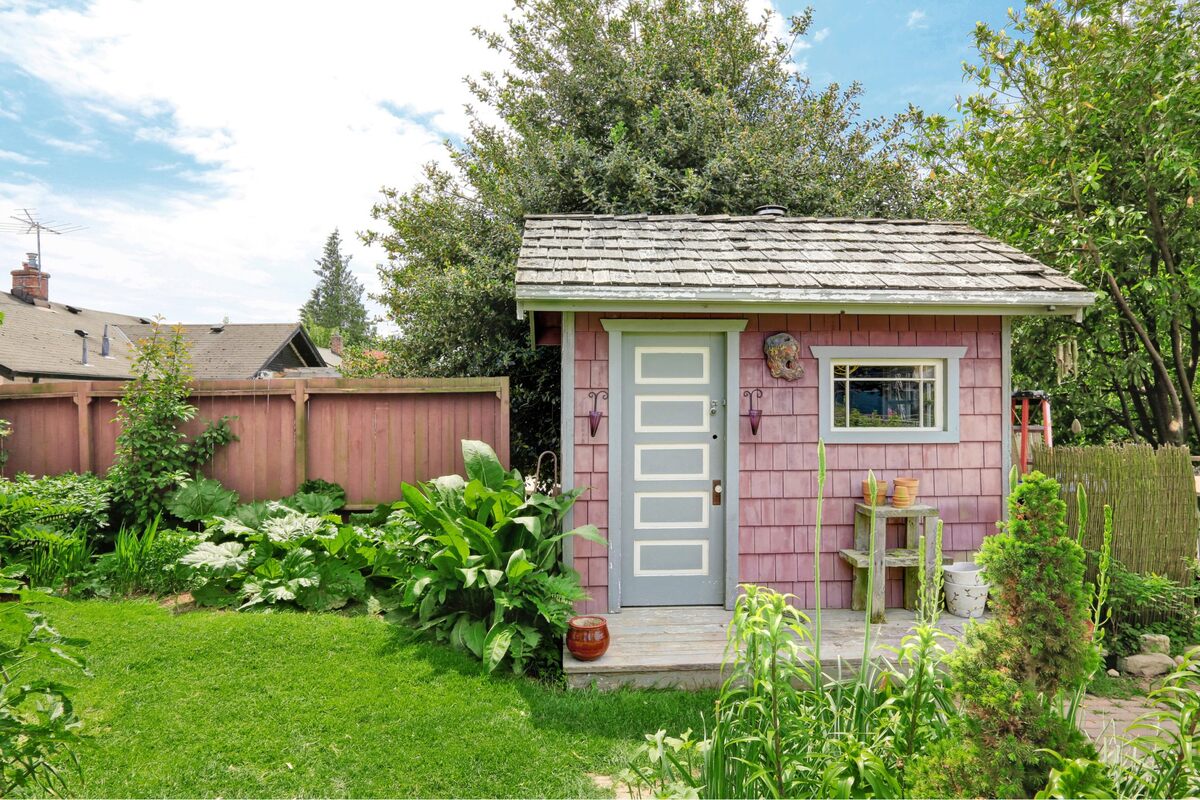


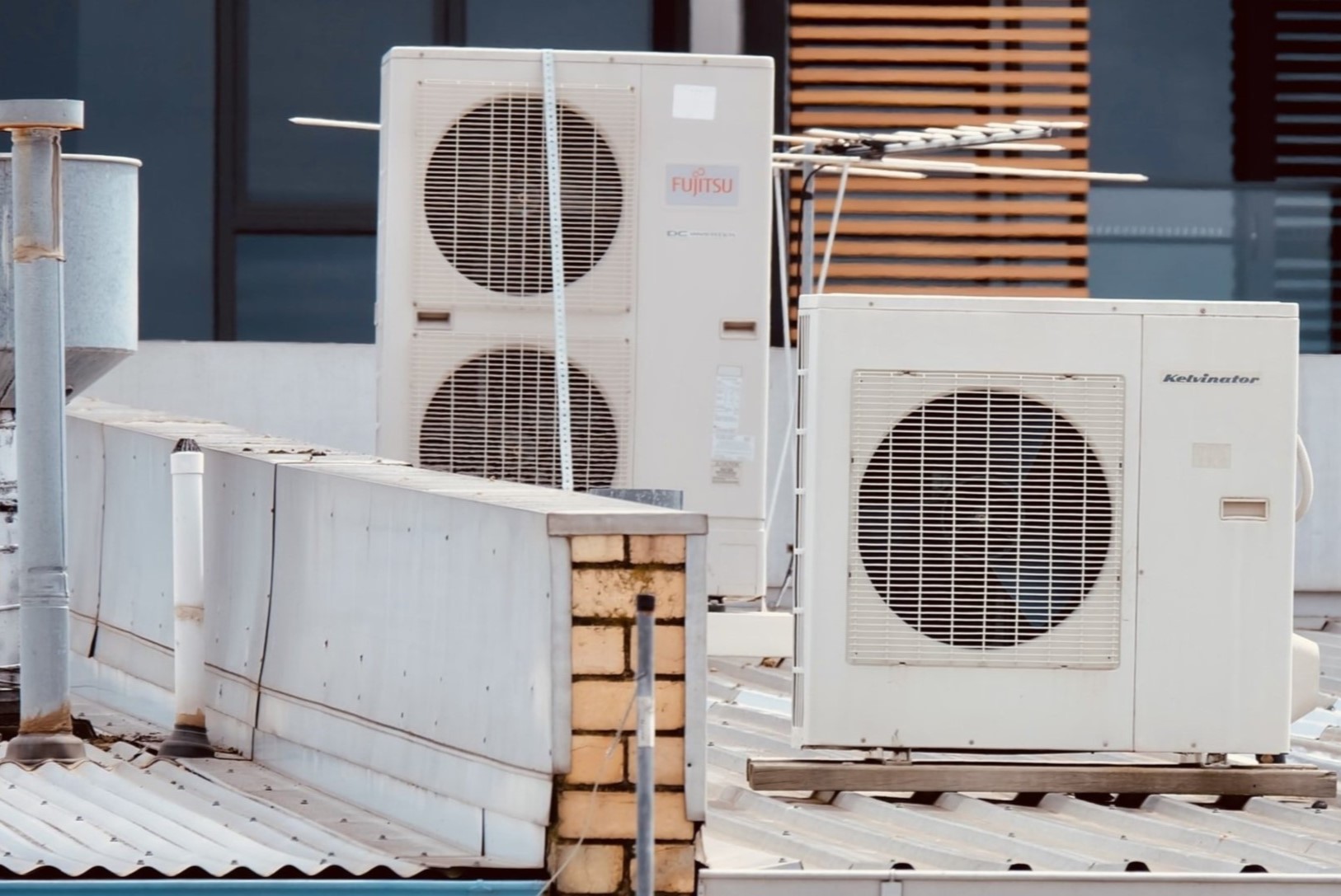

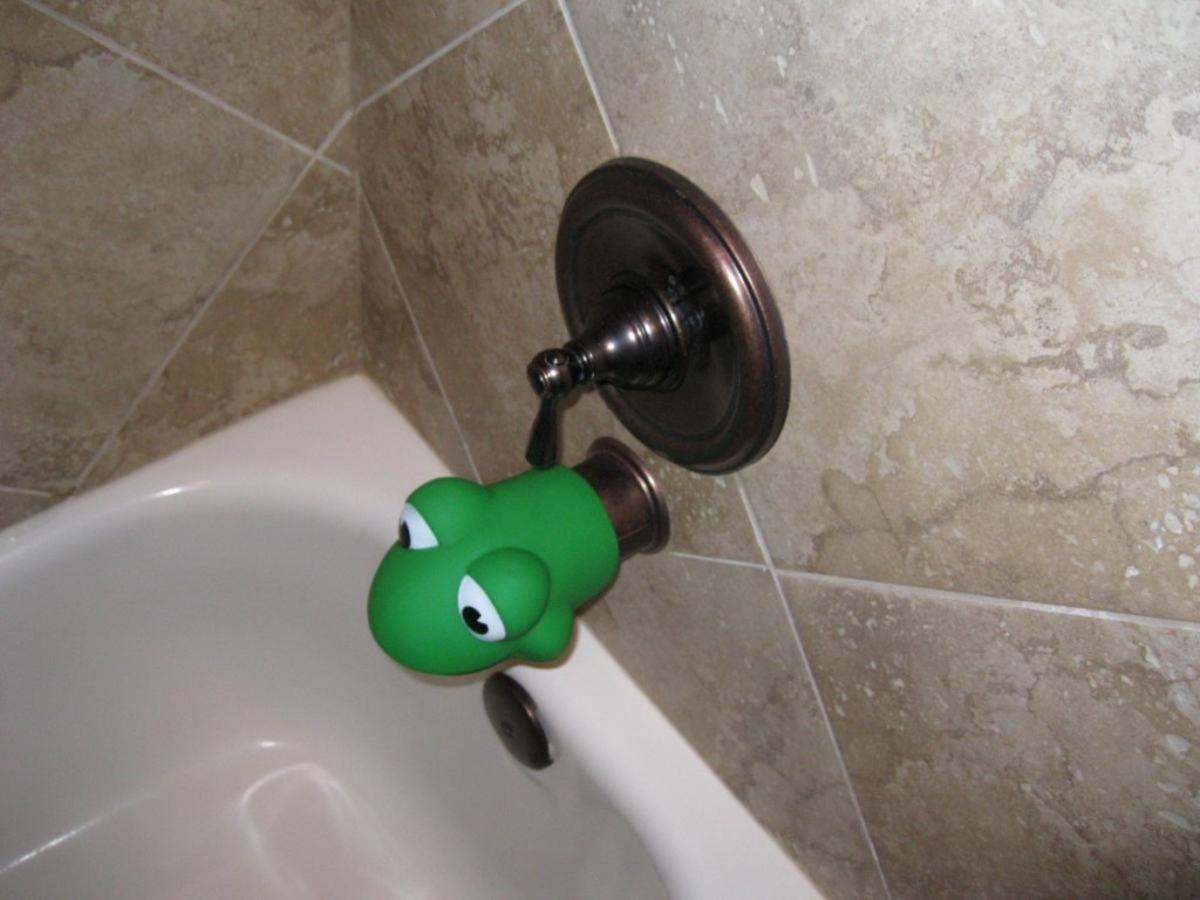
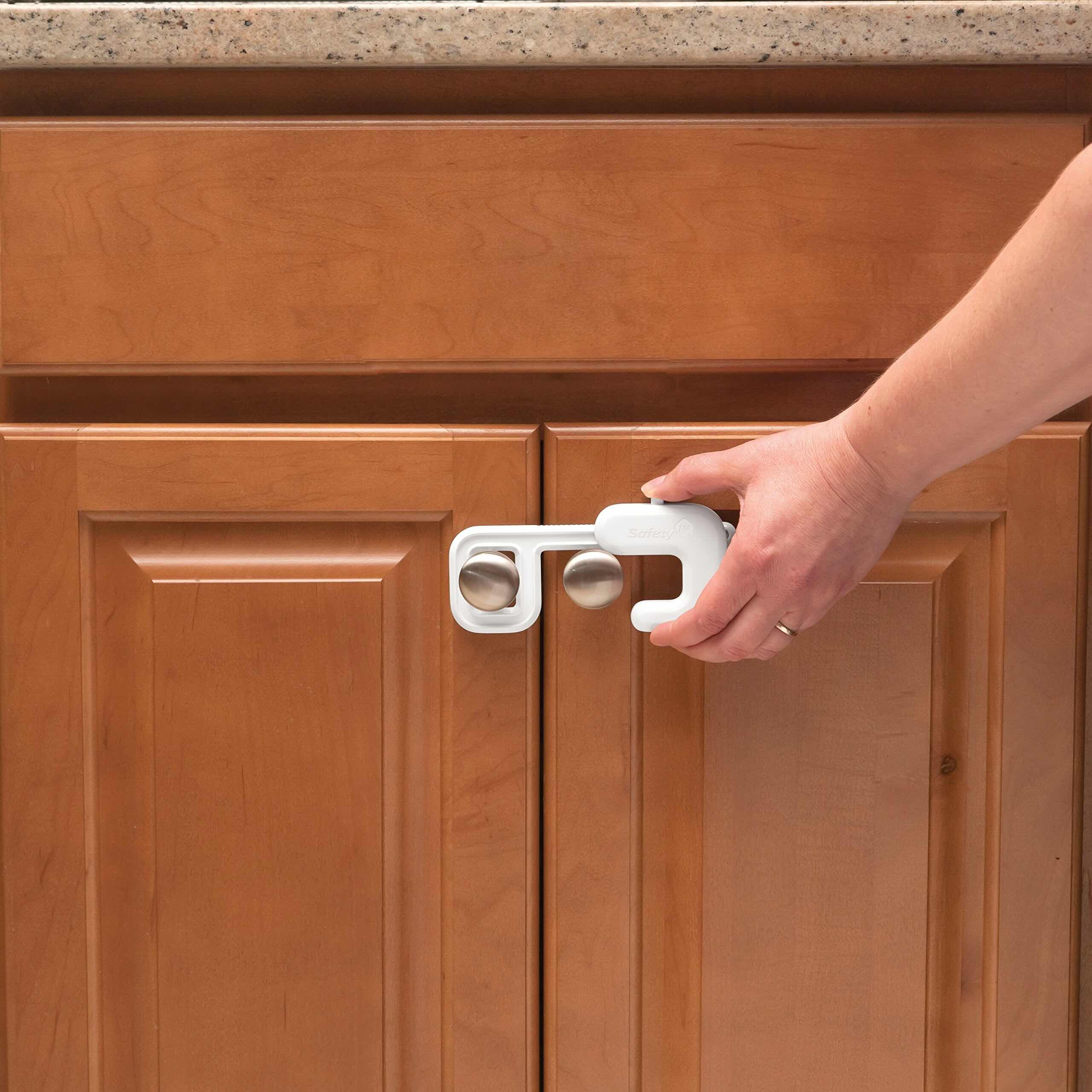
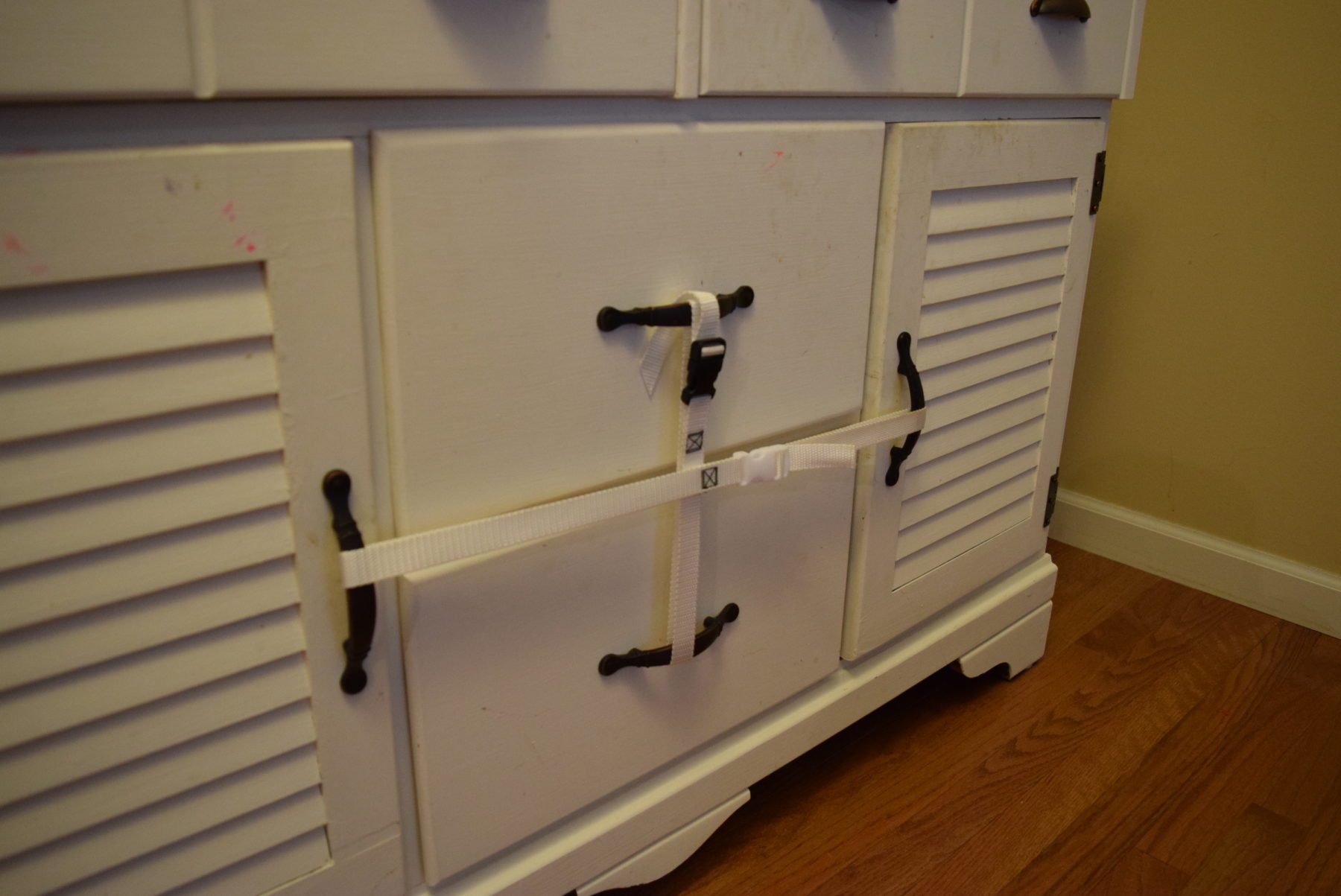
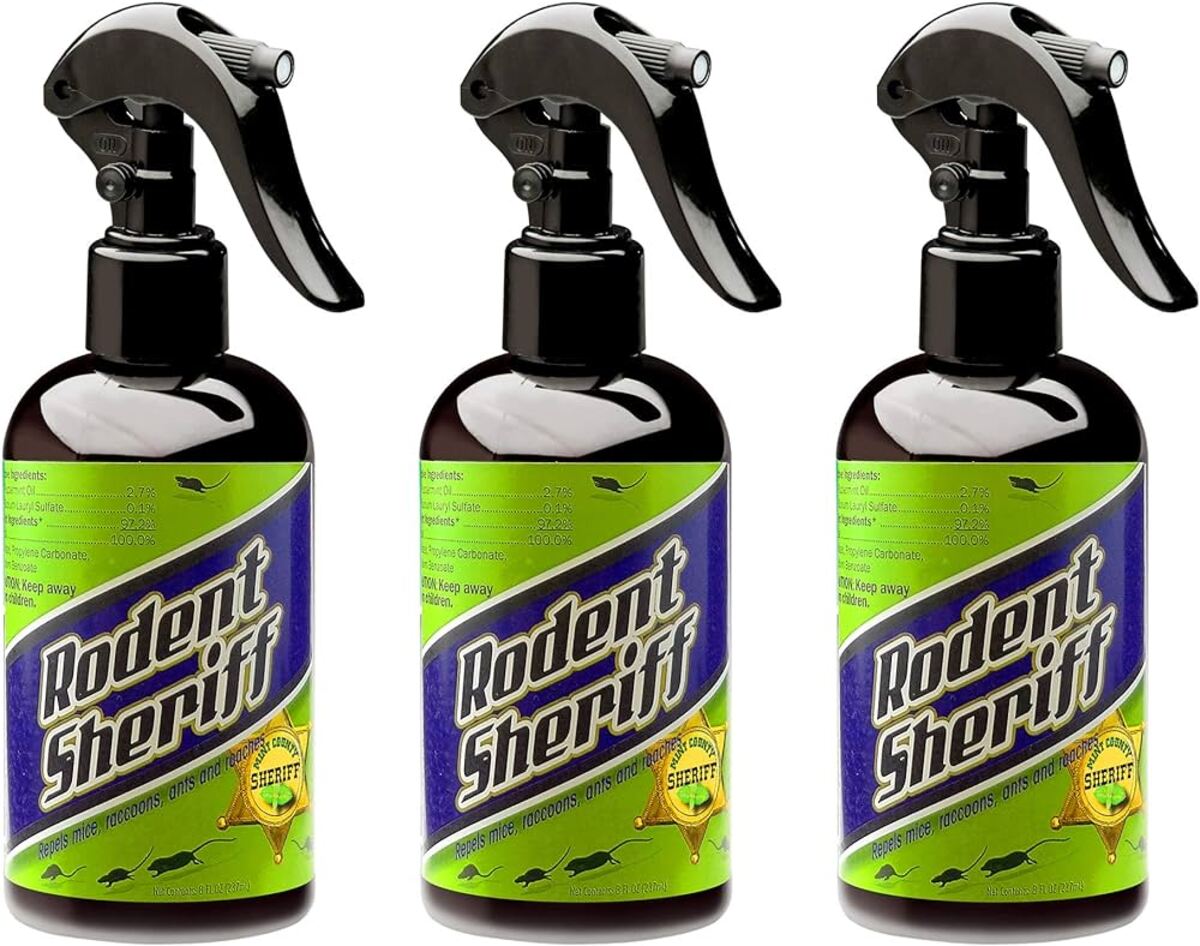
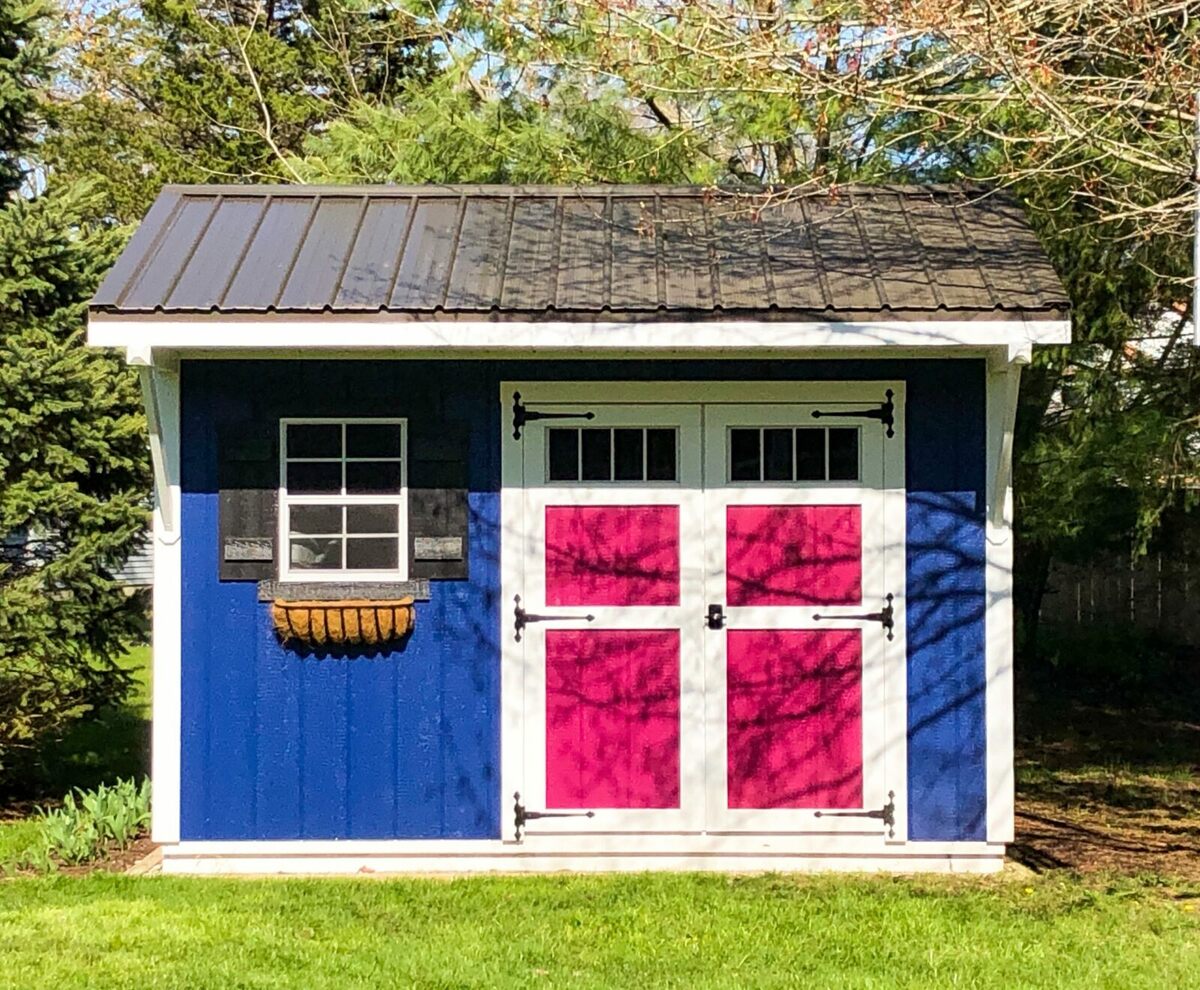

0 thoughts on “How To Rodent-Proof A Shed”